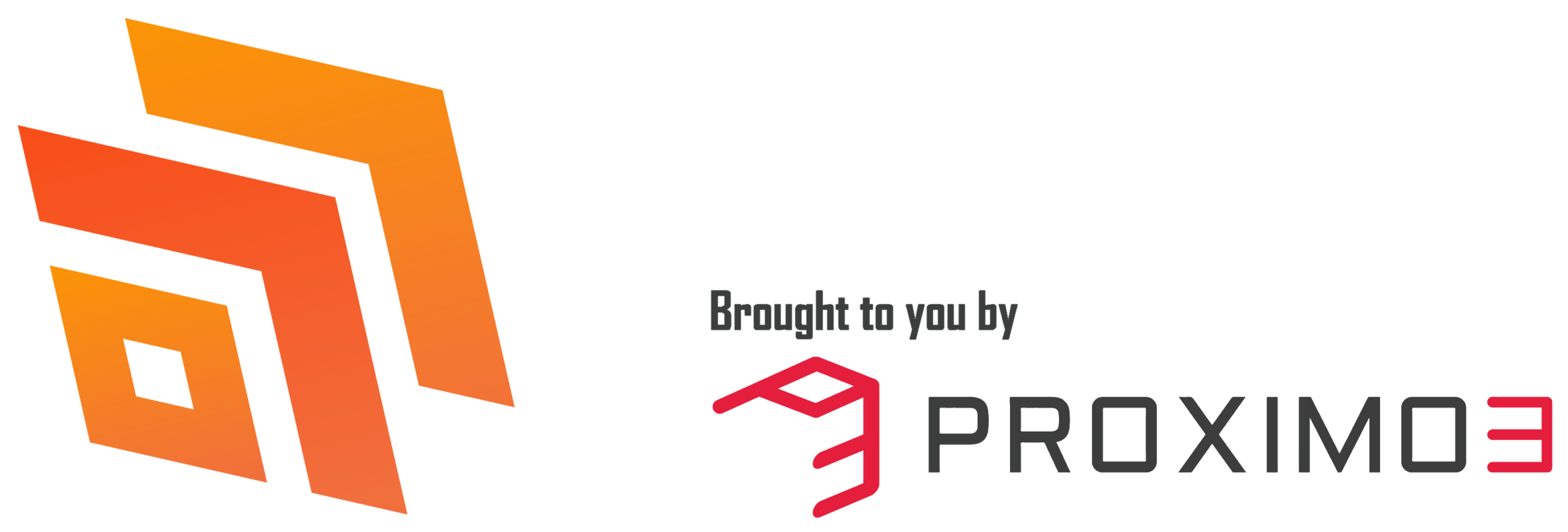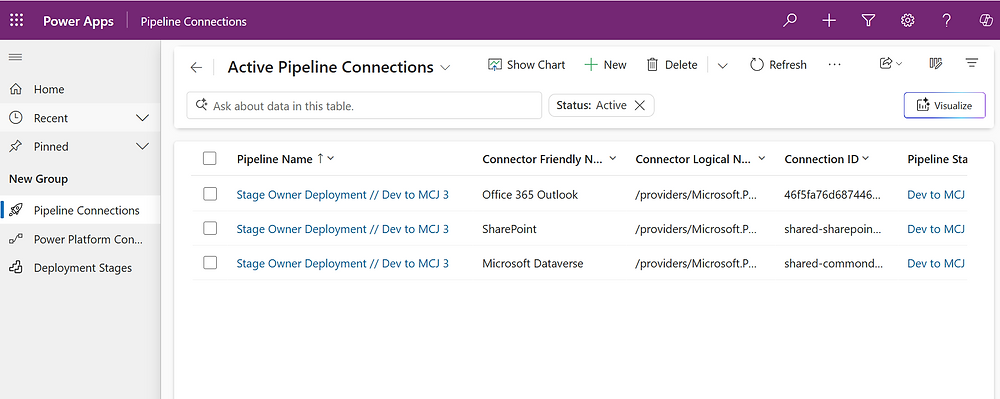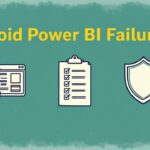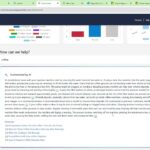Now Reading: Your Guide to Successful CRM Implementation
-
01
Your Guide to Successful CRM Implementation
Your Guide to Successful CRM Implementation

From a blank page to go live, these phases are designed to help you every step of the way
As a Customer Service Director, you recognise the enormous pressure when systems fail. Housing associations are often trapped. They are forced to rely on rigid, expensive, and outdated systems. These systems actively prevent colleagues from providing excellent service. They also fail to evolve with modern needs.
This reliance has two critical consequences you face daily:
- No Single View of the Customer: Your team can’t see a customer’s full history in one place. This forces customers to repeat their story every time they call. It is incredibly frustrating for them. It is also stressful for your staff.
- Costly, Manual Workarounds: Your team is trapped in “swivel-chair” mode. They jump between different systems, spreadsheets, and sticky notes just to log a repair or update a complaint. This wastes time, leads to mistakes, and delays service.
I’ve developed a 5 Phase Blueprint to take you from a blank piece of paper to go live. I drew on my 20-plus years of experience (Working on the front lines of social housing and implementing CRM systems). My skill is in translating complex user requirements into precise, proven, actionable plans.
Phase 1: Strategy, Purpose, and Foundation
This phase is about establishing the core necessity of the CRM system and securing organisational buy-in. Align the CRM initiative directly with your service goals and budget priorities.
- Establish Strategic Alignment: Explain the necessity for CRM using the business or customer experience strategy to support the rationale.
- Define Success Metrics: Set clear metrics to track improvements. These metrics must hold significance for end-users and the business as a whole. Ensure objectives include targets like moving core functionality from legacy systems.
- Secure Executive Engagement: Engage the executive team from the outset to ensure they are driving the initiative. Present research findings and identify essential reports they use for improving services and monitoring teams.
- Create a CRM Road Map: Document a road map that can be shared with customers and colleagues. The road map should include the key processes/functionality that you’ll introduce to support your strategic objective.
Phase 2: Process Definition and Specification
This is where operational improvements are solidified, translating how business operations function into precise technical requirements.
My role within this phase is often The Translator. Ensuring specifications are detailed, organised, and unambiguous. This eliminates confusion and streamlines development.
Customer Journey Focus: Identify the processes that relates to the Strategic objective you’re trying to achieve. Then
- Understand how the process is followed. Every process map should start and end with the customer in mind.
- Identify both internal and external customer waits and challenges.
- Review the processes to identify steps that can be eliminated or automated.
Data Capture and Reporting: Identify what detail needs to be logged, or reported on at each stage of the process. This detail should help improve the customer and colleague journey but ensure you remain compliant. Avoid free text fields where possible, as they are difficult to report on and introduce inconsistencies.
Automation (Flows): Establish parts of the process that the system can automate. Could it help you ensure SLA’s are met or keep Customers & Colleagues informed? The automation should bring real benefits and improve life for all stakeholders. Remember, any automation will need to be managed once live.
Phase 3: Development and Testing
In this phase, we verify that the system is functioning correctly and gaining traction with the frontline teams who rely on it to deliver service.
- Build Engagement: Use frequent “Show and Tells” during the build. These provide interactive sessions. They secure buy-in (adoption) from colleagues right from the start.
- Rigorous Testing (UAT): User Acceptance Testing verifies that the system meets the defined specification. We utilise scenario-based testing to verify that the system components, fields, and workflows function correctly. This testing must cover both the “happy path” and the “unhappy path” (e.g., incorrect data entry).
Phase 4: Pre-Launch and Go-Live
Preparation and support are key to ensuring a smooth transition and user adoption—critical elements for maintaining service stability.
Conduct a Premortem: Weeks before go-live, key stakeholders discuss the “worst thing that could have happened” if the system fails. This methodology helps identify issues before go live. It also puts measures in place to reduce or stop the fear of risk.
Comprehensive Training: Deliver standardised lesson plans tailored to specific team needs, utilising real-world scenarios. Tailor delivery methods to cater to various learning styles (Visual, Auditory, Read/Write, and Kinaesthetic).
Support Team and Visibility: Assemble a Go-Live support team to ensure prompt assistance. The project team should be visible in the first few days post-launch. This helps reassure the team. It also resolves minor issues.
5. Phase 5: Continuous Improvement
Implementation is a starting point. To ensure lasting return on investment, the system must continue to evolve. It should leverage agility and cost reduction.
- Marginal Gains: Focus on continuous, small-scale improvements (e.g., moving fields on a form, using workflows) rather than large, disruptive changes. This prevents user fatigue and system stagnation.
- Leverage Low-Code/No-Code: We utilise low-code/no-code capabilities, which are often available in-house, to reduce costs and deliver a better customer experience. These solutions fit into the longer-term CRM Roadmap.
- Address Pain Points: Engage senior managers to identify existing business challenges that the CRM could alleviate, securing resources for development.
- Continue to Build On Your CRM Road Map: When you start to use CRM, your original road map will evolve. This is because the technology you use continues to change and improve. It should be treated as a live document but always link back to your strategic purpose
Why bother following these steps?
By following this disciplined methodology, you achieve core, measurable outcomes. Including:
- Empowerment: Your team is empowered to provide excellent service with intuitive tools.
- Single View: Your team can see a customer’s full history in one place. Reducing frustrations for customers and colleagues.
- Reduce manual workarounds: Fewer spreadsheets are needed. Your CRM system starts to take shape as more processes are built within it.
If you are ready to stop being held back by legacy systems and start building a more agile future focused on service excellence, let’s discuss how my methodology can help you deliver a great customer service and remain compliant
What’s the main challenge you’re facing?
We need a quick proof of concept to help back our business case: Struggling to secure funding for your #Dynamics or #Powerapps implementation? Need to show what they can do? then this is for you
Our business case has been approved but we need help to get going: We know that it can be overwhelming. Where do you start, how do you bring your business case to life? Our #D365ForHousing package can help you get going
We’ve started our Dynamics/Power Apps project but struggling to find the time to gather some serious momentum: This is a tough one, the will is there and everyone is up for it but you just struggle to find the time to get things moving while you do the ‘day job’. Our project support service can help lighten the load
We just need a bit of training or access to some handy templates: Then this Business Analysis 101: A Simple and Effective Course for Non-BAs course may be of use or perhaps visit our store to access some handy templates
Original Post https://deliveringcrm.net/2025/11/01/your-guide-to-successful-crm-implementation/
